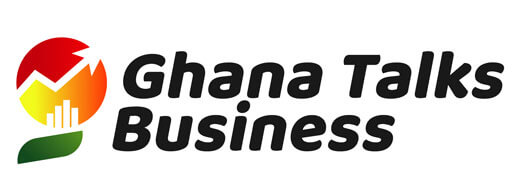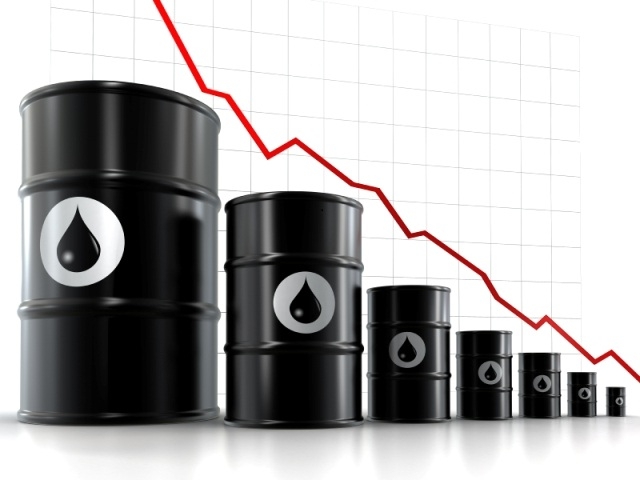
In another quarter, the world will be seeing the first anniversary of the present volatility in oil prices, which crashed from over $100 per barrel mid last year to a five year low of around $40 per barrel early this year and rose up to present day levels of around $59.56 per barrel. At the root of this volatility is the interaction of the forces of demand and supply triggered by hitherto rising shale production and the competitive responses from the Organization of Petroleum Exporting Countries (OPEC); and it now appears these price fluctuations will likely remain for, at least, another year.
The United States Energy Information Administration (EIA) has released a Short term Economic Outlook (STEO) for the year 2015 and 2016 which shows five highly informed predictions and forecasts concerning the subject at hand.
First off, the report posits that oil prices will likely stabilize somewhere between $50 to $60 in 2015 and move up slightly to, say, $70 in 2016. This is arguable, however, depending on contingencies that may emerge. If this argument proves correct, fuel prices will likely remain low in all geographies where they have already been reduced.
Also, the market will continue receiving excess oil supply as a result of increasing global oil inventories. Again, the current more-than-enough-supply-for-demand situation will likely sustain low prices. This trend may change, however, if non-OPEC supply growth in the US weakens eventually.
Thirdly, global consumption of petroleum products may increase slightly in 2015 and 2016. This increase will mainly be in the Organization for Economic Co-operation and Development (OECD) countries as other countries like Russia may reduce consumption. China’s consumption is expected to increase, however, and this may drive up non-OECD consumption in 2016.
Furthermore, supply from non-OPEC countries has grown over the past year; this may slow over the next two years due to sustained low prices.
Lastly, OPEC production has remained relatively constant over the past year but may drop slightly in 2016 as Iraq, OPEC’s largest growth contributor, may face slight growth declines because of production declines from other Gulf producers. Iraq also remains a wild card due to the ISIL threat.
Recently, Abdalla El-Badri, OPEC Secretary-General stated that the global crude-oil market will return to balance as from the middle of the year. He revealed this at a conference in Bahrain where he also added that global demand will rise from 1 million barrels a day to 1.2 million barrels this year.
Explaining why OPEC refused to cut down production volumes towards the end of last year, he said “OPEC shouldn’t subsidize the high-cost shale oil producers and that’s why the group decided to keep its output target at 30 million barrels a day at its last meeting. If we made a cut in the November meeting, then we would have needed to make another cut in January, and then we would need another cut in June as supply will keep increasing from non-OPEC.”
Remaining optimistic that “fossil fuel will remain central to the energy mix,” he concluded with a call for all OPEC nations to continue investing in order to diversify their economies.
By Emmanuel Iruobe



